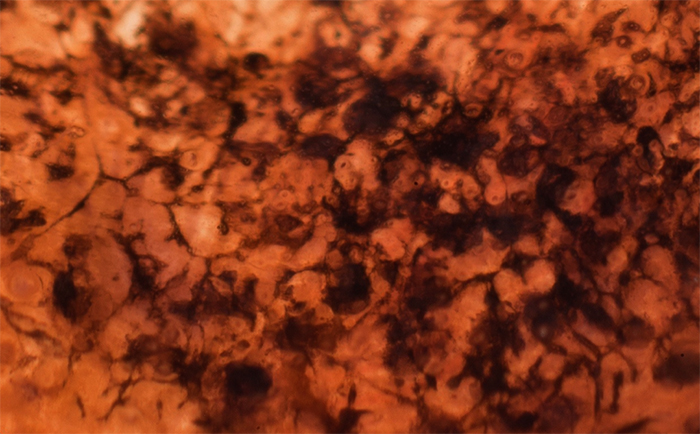

It may be present from the first years of life or may appear during the second decade, or even later. In the early stage, night blindness is the main symptom. The disease course can be conveniently divided into three stages. However, there are extreme cases with a rapid evolution over two decades or a slow progression that never leads to blindness. RP is a long lasting disease that usually evolves over several decades. However, new therapeutic strategies are emerging from intensive research (gene therapy, neuroprotection, retinal prosthesis). The therapeutic approach is restricted to slowing down the degenerative process by sunlight protection and vitaminotherapy, treating the complications (cataract and macular edema), and helping patients to cope with the social and psychological impact of blindness. Currently, there is no therapy that stops the evolution of the disease or restores the vision, so the visual prognosis is poor. Molecular diagnosis can be made for some genes, but is not usually performed due to the tremendous genetic heterogeneity of the disease. Clinical diagnosis is based on the presence of night blindness and peripheral visual field defects, lesions in the fundus, hypovolted electroretinogram traces, and progressive worsening of these signs.

To date, 45 causative genes/loci have been identified in non syndromic RP (for the autosomal dominant, autosomal recessive, X-linked, and digenic forms). RP is usually non syndromic but there are also many syndromic forms, the most frequent being Usher syndrome. In some cases, the clinical presentation is a cone-rod dystrophy, in which the decrease in visual acuity predominates over the visual field loss. Some extreme cases may have a rapid evolution over two decades or a slow progression that never leads to blindness. The most common form of RP is a rod-cone dystrophy, in which the first symptom is night blindness, followed by the progressive loss in the peripheral visual field in daylight, and eventually leading to blindness after several decades.

Prevalence of non syndromic RP is approximately 1/4,000. Retinitis pigmentosa (RP) is an inherited retinal dystrophy caused by the loss of photoreceptors and characterized by retinal pigment deposits visible on fundus examination.


 0 kommentar(er)
0 kommentar(er)
